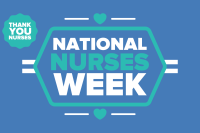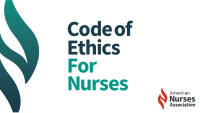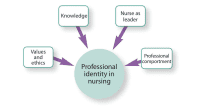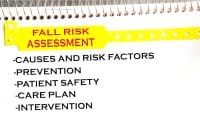For decades, nurses have been attempting to demonstrate their value in promoting high-quality, patient-centered care in terms everyone understands. Florence Nightingale even tried to document the value of nursing in Notes on Nursing: What It Is and What It Is Not, published in 1859.
In light of the sheer number of nurses and their contribution to the patient experience, measuring hospital quality without measuring nursing’s contribution seems foreign. But measuring this contribution isn’t a simple process. It’s complicated by resource, measurement, and financial limitations. Measuring nursing’s economic value isn’t easy, either.
Over the years, we’ve seen much debate about what constitutes nursing-sensitive care. It seems as if we’ve been swimming in cold, uninviting water for a long time, and just when we think we’ve made headway, we hit a monster wave or rip current that throws us off track or halts our progress.
Measures that matter
Everyday nursing care isn’t easily understood, because much of what we do seems invisible to patients and families, hidden below the surface. Above the water line, so to speak, they see us do such things as give medications and start I.V. lines—but of course those nursing activities are just the tip of the iceberg.
With good nursing care, “bad” things aren’t supposed to happen. So how do we measure the “good” nursing care we provide? By measuring our contribution toward eliminating harmful events, such as patient falls and healthcare-associated infections (HAIs), like the ones we cover in this issue—catheter-associated urinary tract infections, central line–associated bloodstream infections, surgical-site infections, and ventilator-associated pneumonia.
No pay for poor performance
Mounting healthcare costs, misaligned reimbursement systems, and suboptimal care are frustrating for healthcare consumers. Healthcare regulators, policymakers, payer organizations, and employers are calling for performance measures and public transparency of provider performance. They’ve started to use these performance measures as the basis for incentive programs, such as “pay-for-performance” initiatives that reward high-performing healthcare providers and penalize poor-performing ones.
Recognizing the link between nursing and harm reduction
Tying nursing-sensitive measures to quality indicators and patient outcomes establishes nursing’s value. An example is using the nursing quality measures included in the National Database of Nursing Quality Indicators® (NDNQI), which can be used to compare a hospital’s HAIs and adverse events against such variables as skill mix, patient acuity, and staffing hours.
Nursing performance measurement is important in:
- recognizing the critical and essential nature of nursing (imagine a hospital without nurses!)
- quantifying the impact of nurse staffing and other workforce characteristics on patient outcomes (the workforce debate)
- identifying factors that directly achieve harm reduction (the business case).
The workforce of any healthcare organization is vital to its continued survival; a highly competent and committed nursing workforce is vital to its success. The evidence is clear: Nurses influence not only the financial performance of the organization, but also the safety and quality of the clinical care provided to patients. Organizations must understand these important linkages and put nursing satisfaction and retention at the heart of harm-reduction strategies.
To get to a better state of health care, we need to adopt better measures—measures that recognize nursing’s essential contribution to outcomes, that are good gauges both above and below the water line, and that elucidate the “hidden” care we provide beyond the tip of the iceberg.
Lillee Gelinas, MSN, RN, FAAN
Editor-in-Chief
lgelinas@healthcommedia.com


















